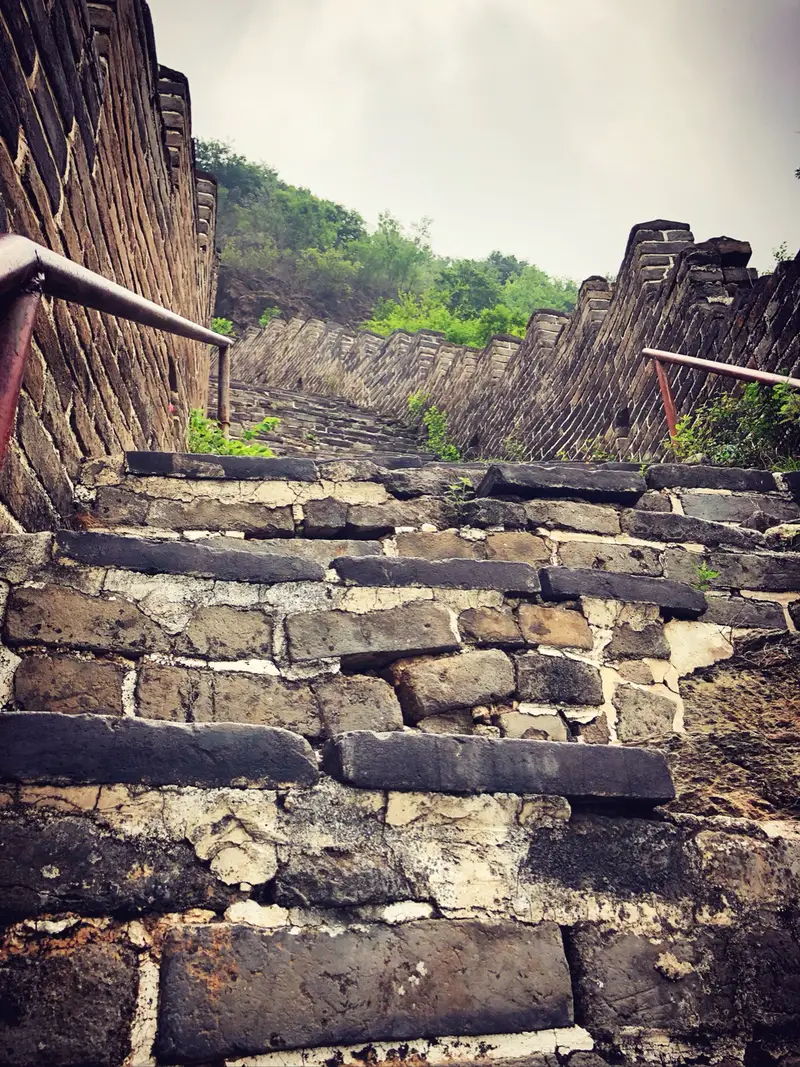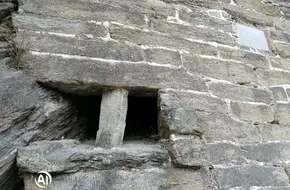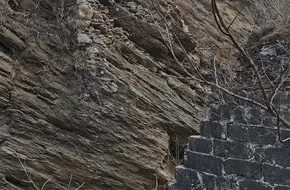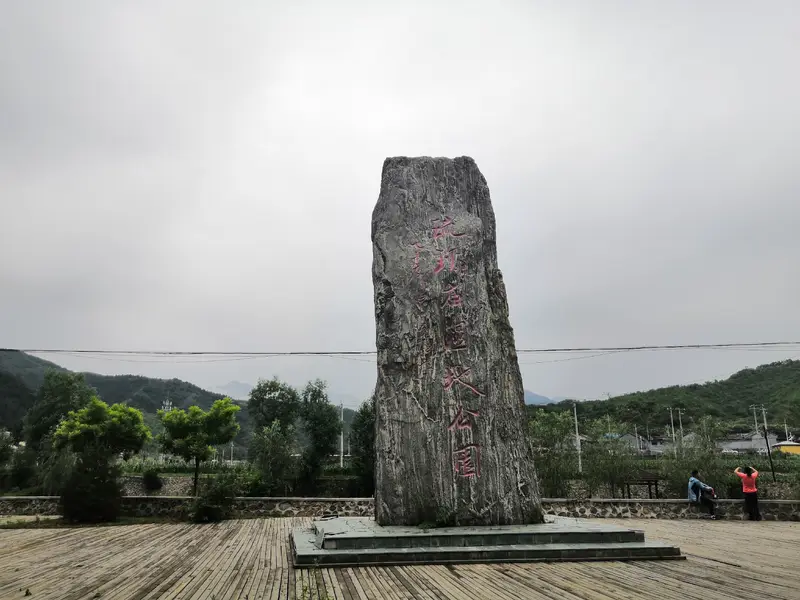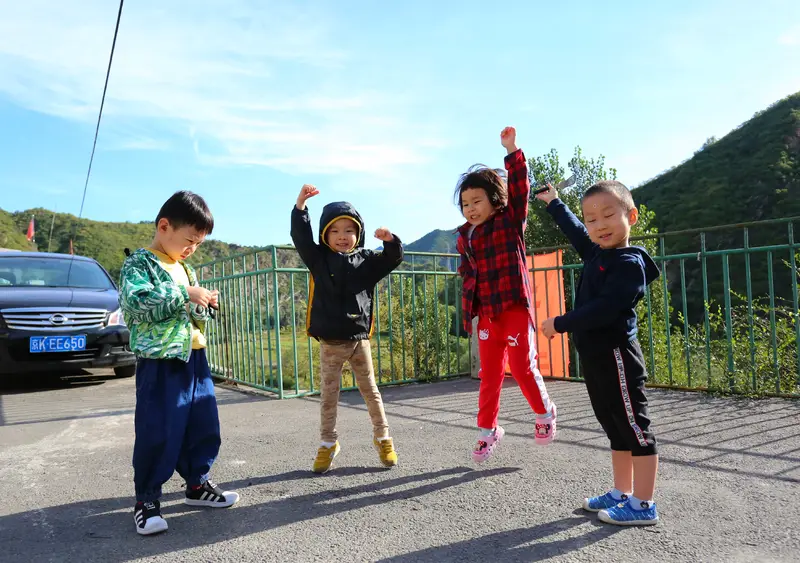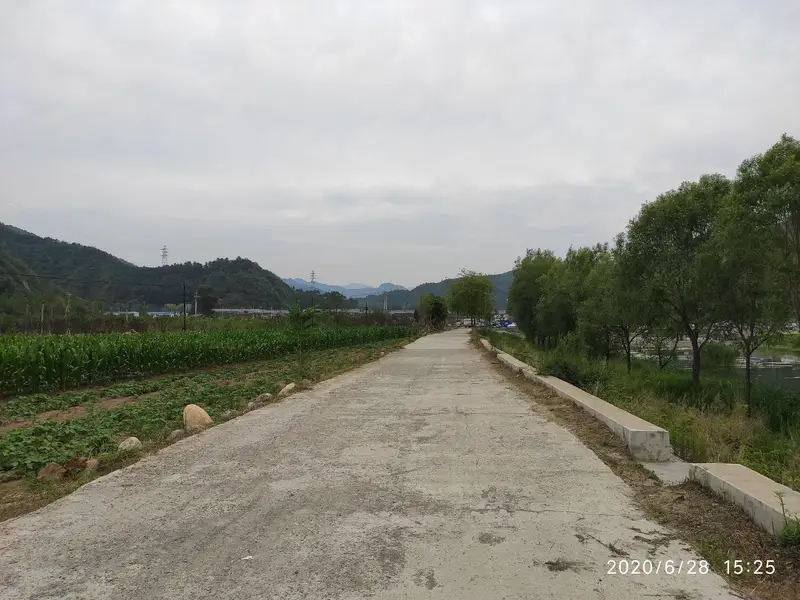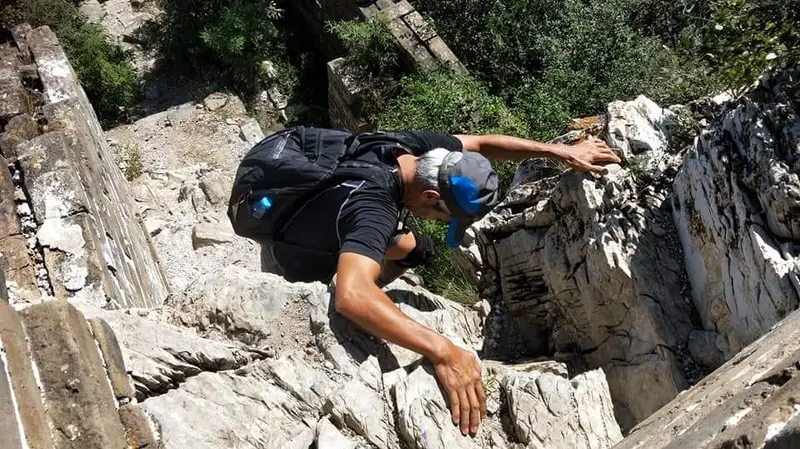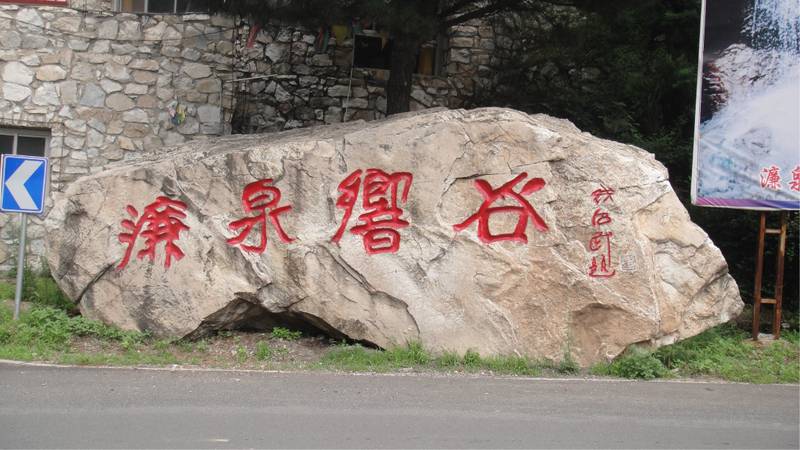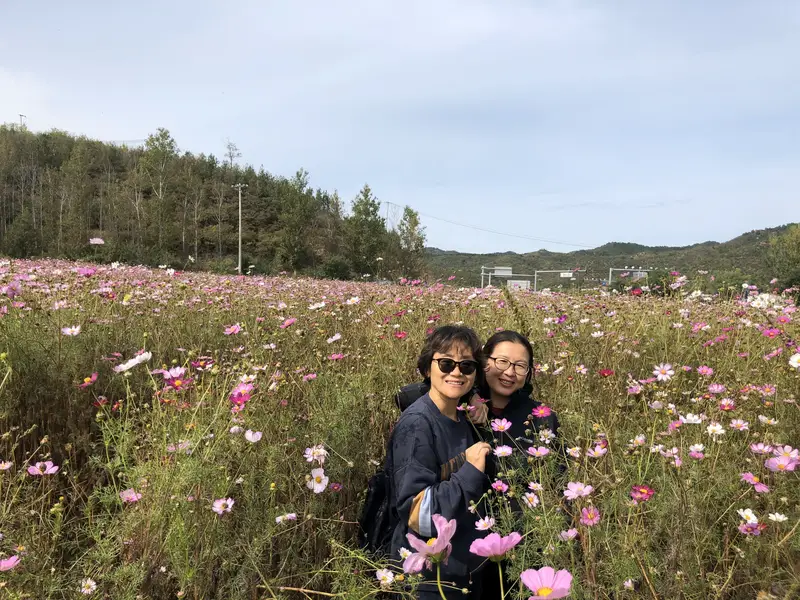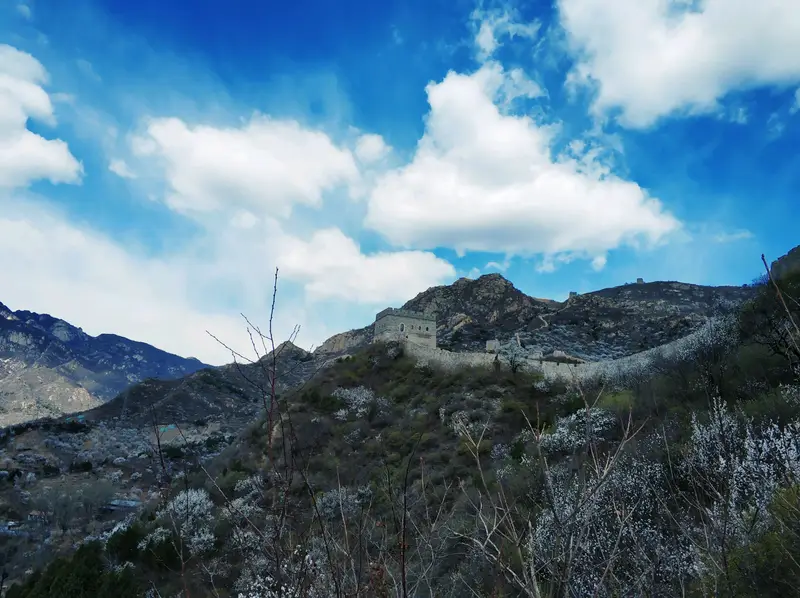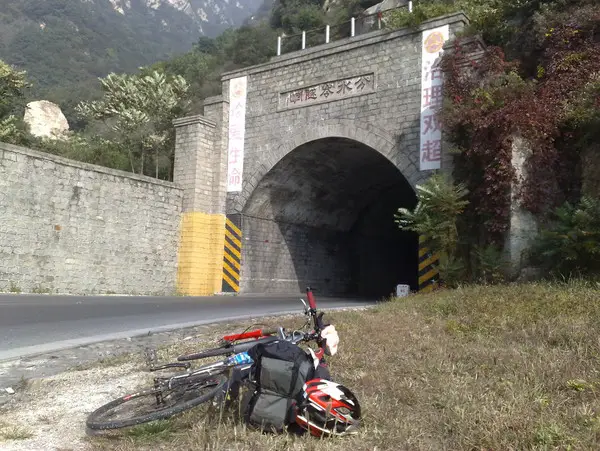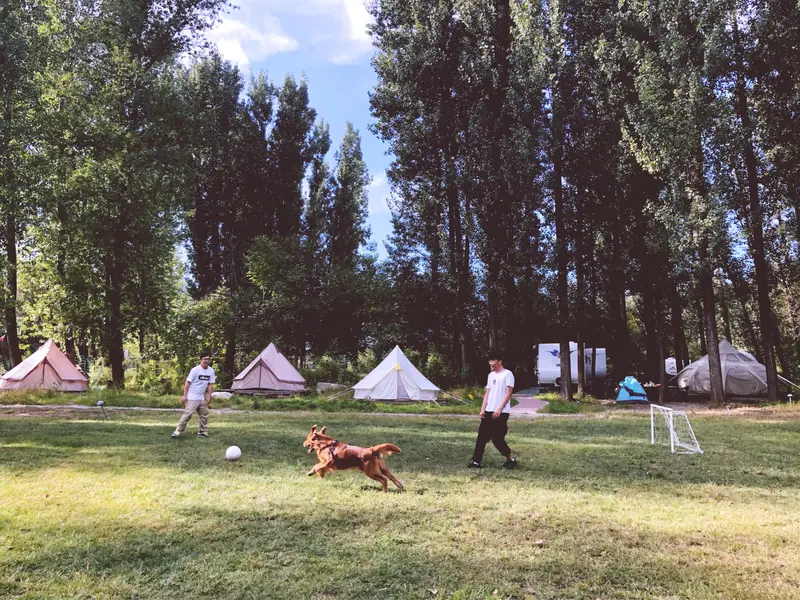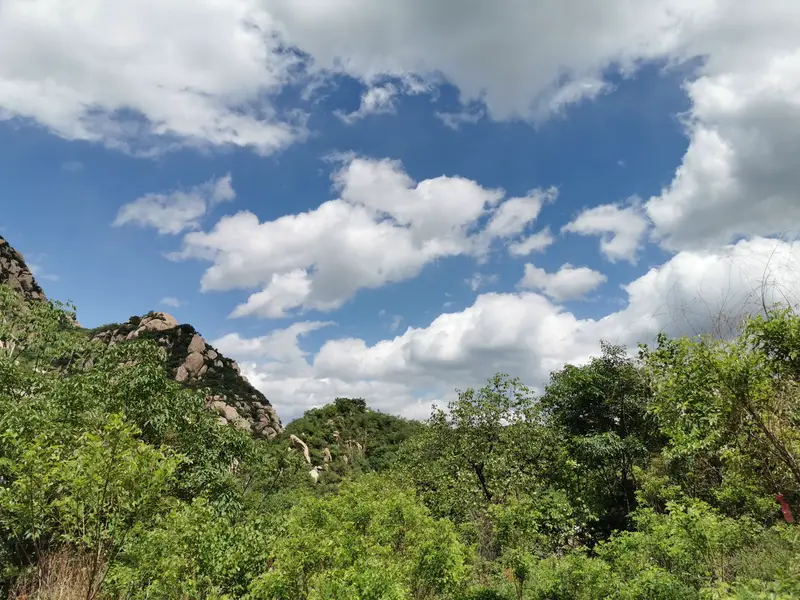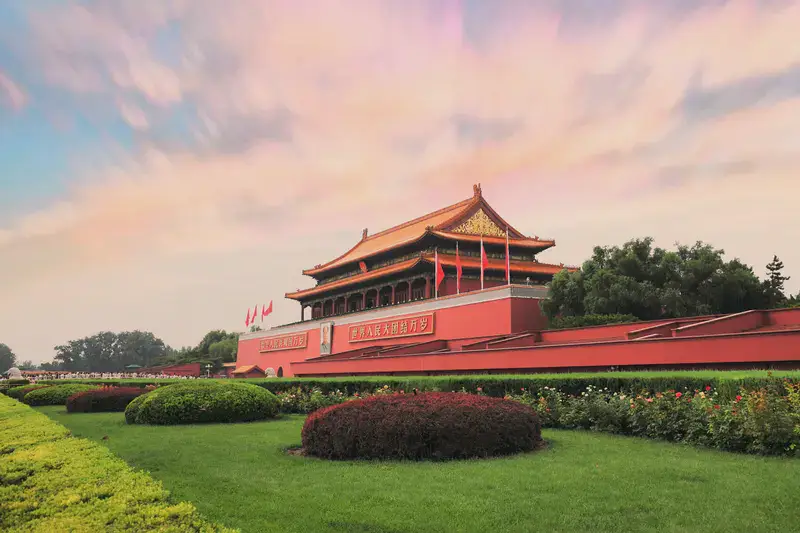Wangquan Valley, nestled in Huairou District of Beijing, lies southeast of the scenic Xiangshui Lake Park in Bohai Town. This rugged stretch of the Great Wall intersects with famous sections like Lianyunling and Jiankou, creating a network of winding, steep paths. To reach here, driving is most convenient—rent a car or join a local tour group. Public transport users can take a bus to Huairou District and then hire a taxi or arrange a ride-share, though be prepared for a bumpy, scenic drive on rural roads.
Natural Scenery: Wild Beauty
Wangquan Valley’s charm lies in its untamed landscapes. The Great Wall here isn’t restored—it’s a “wild” section, meaning crumbling walls, overgrown vegetation, and steep, narrow paths. But that’s part of the adventure! In spring, the valley bursts with wildflowers, especially along the slopes, creating pink, purple, and yellow patches against the ancient stones. The terrain is challenging: steep climbs, slippery dirt paths, and jagged rocks require careful footing. However, the effort pays off—look east from the higher spots, and you’ll spot the iconic Jiankou Great Wall in the distance, its silhouette etched against the sky.
Human History: A Window into the Past
Though weathered, Wangquan Valley’s Wall still reveals traces of its military past. Crumbling watchtowers (like Jiaolou) stand sentinel, and ancient stone tablets carved with faded but legible inscriptions hint at soldiers’ tales. The Wall here isn’t crowded—no souvenir shops or tour buses—so you’ll feel like you’re exploring a forgotten relic. Sections merge with Lianyunling and Jiankou, creating a labyrinth of stairs, collapsed bricks, and narrow passages. It’s raw history, perfect for photographers or history buffs who crave authenticity.
Practical Tips: What to Bring
Be prepared: Wangquan Valley isn’t tourist-friendly. There are no food stalls, restrooms, or medical facilities, so pack lots of water, snacks, sunscreen, and a first-aid kit. Wear sturdy hiking boots and gloves—the climb involves clutching rusty bolts or rough stone. Most visitors tackle this as a day hike, but start early! The valley is shaded, but summer sun can still be harsh. Winter visits are risky due to ice, while spring (for flowers) and fall (for crisp air) are ideal.
The Experience: Thrills & Cautions
Hiking Wangquan Valley is equal parts thrilling and humbling. The unrestored Wall demands respect: loose stones, gaps in the path, and sheer drops mean one wrong step could end your trip. Stick to marked trails (if any) and avoid solo climbs—locals recommend joining experienced hiking groups or hiring guides familiar with the terrain. The sense of accomplishment when reaching high points, like where Jiankou comes into view, is unforgettable. But remember: this isn’t a casual stroll. Only attempt it if you’re fit, confident on uneven ground, and comfortable with heights.
Why Visit? Authenticity Awaits
For those tired of crowded, commercialized attractions, Wangquan Valley offers a rare chance to connect with the Wall’s raw spirit. It’s not for everyone, but if you love adventure, history, and nature, this is Beijing’s hidden gem. Just come prepared, stay safe, and soak in the quiet grandeur of a长城 section that time almost forgot.


